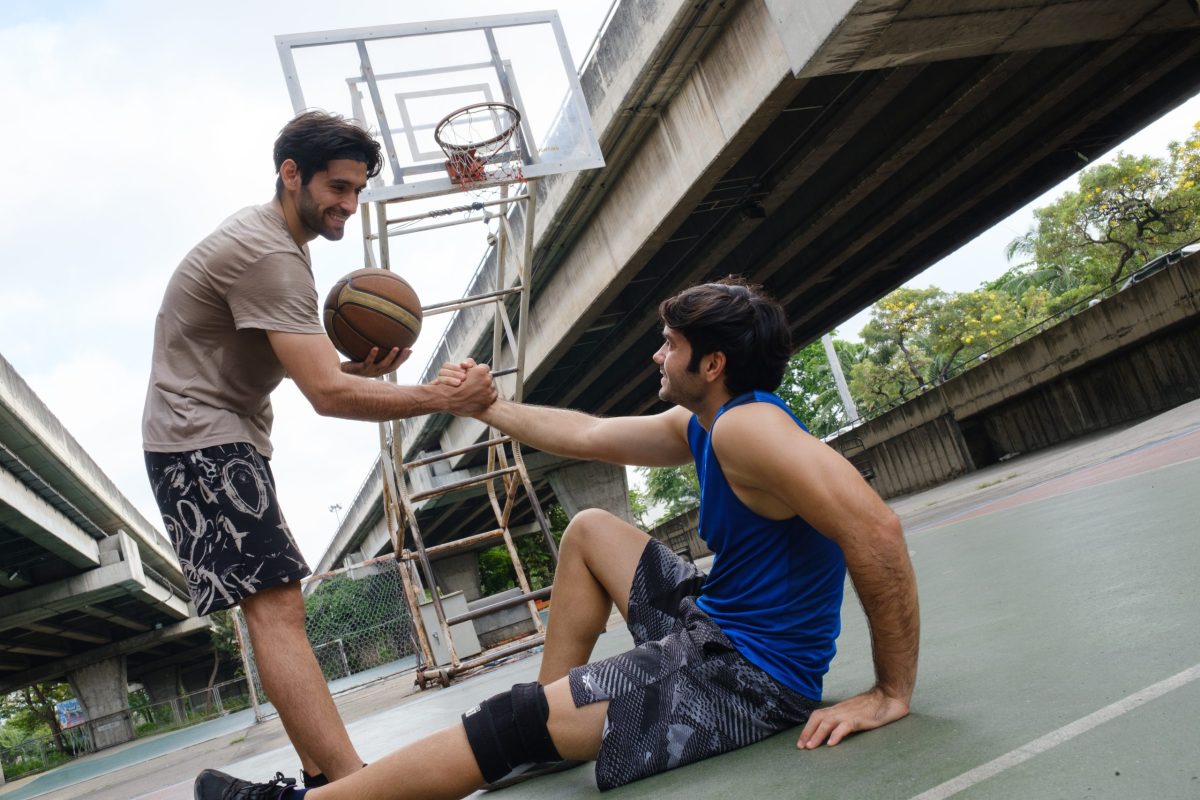
What is the ACL? What is the MCL? All About Knee Ligaments and Their Injuries
The knee is a complex joint that is susceptible to injuries. Many knee injuries involve the ligaments, most commonly the ACL and MCL, but you can also injure the PCL and the LCL.
A common way to damage the knee ligaments is playing sports. Twisting motions, sudden stops and starts, and contact force can stretch or even tear the ligaments, resulting in injuries that range from mild to severe. Treatments include rest, bracing, injections, physical therapy, and in some cases, surgery.
About the ACL, MCL, and PCL
A ligament is the connective tissue that connects bones to each other. The knee has four major ligaments, although three are responsible for most ligament injuries in the joint. The bones these ligaments connect are the fibula and tibia (lower leg bones) and the femur (thighbone).
Where is the ACL?
The anterior cruciate ligament is inside the knee joint and runs diagonally through the center, connecting the femur and tibia. The ACL is very important in providing stability to the knee.
Where is the PCL?
The posterior cruciate ligament also runs diagonally through the inside of the knee joint. The ACL and PCL locations result in an X-shape as they cross each other. While the ACL is near the front of the knee, the PCL is behind it, toward the back of the knee. It is much less commonly injured than the ACL or MCL.

Where is Your MCL?
The medial collateral ligament connects the femur and tibia and is located inside the knee joint and limits sideways motion of the femur on the tibia.
Where is the LCL?
The LCL doesn’t come up as often in sports medicine as the other three ligaments, as it is less likely to suffer an injury. The lateral collateral ligament is on the outside of the joint and connects the femur and fibula.
The Functions of the ACL, PCL, and MCL
The ligaments of the knee hold the bones of the lower and upper leg together and provide important stability in the joint. The PCL and ACL provide stability in forward and backward movements. The PCL keeps the knee from shifting too far back, while the ACL prevents the tibia from sliding in front of the femur.
On the sides of the knee, the collateral ligaments provide side-to-side, or lateral stability. The MCL stabilizes the inside of the knee, while the LCL stabilizes the outside of the joint.
Common Knee Ligament Injuries
Sports medicine specialists see a lot of knee ligament injuries. Quick movements and forceful collisions often seen in sports make knee injuries vulnerable to damage. Sprains—stretched or torn ligaments—can occur in any of the four knee ligaments.
Sprains are graded by severity:
- Grade 1. This is a minor sprain, an overstretched ligament that results in some swelling, bruising, and pain. You should still be able to put weight on your leg with a grade 1 sprain.
- Grade 2. A grade 2 sprain is a partial tear in the ligament, which causes more significant pain and swelling. Putting weight on it and bending the knee becomes more difficult.
- Grade 3. This is a complete tear in the ligament and a serious injury. Some grade 3 injuries involve more than one ligament. It causes severe pain, swelling, and bruising in the joint. It is not possible to sustain weight on the affected leg.
Knee sprains can also be categorized by the ligaments involved:
- ACL. An injury to the ACL often occurs in sports that require a lot of pivoting and twisting movements, like basketball and soccer. Quick directional changes and landing jumps poorly can damage this ligament.
- PCL. Many injuries to the PCL result from blows to the front of the knee, such as in contact sports or in car accidents (dashboard injuries).
- MCL. Contact sports can also injure the MCL. A blow to the outside of the knee can cause the inner ligament to overstretch.
- LCL. Less common are blows to the inside of the knee that stretch the LCL on the outside of the knee.
Treating Knee Sprains
Very minor ligament sprains (grade 1) in the knee only need rest and other homecare measures, like icing, to manage. For moderate sprains (grade 2) that don’t heal with home care, see a sports medicine specialist. They often begin with non-surgical treatments, such as bracing, physical therapy, and medications or injections to relieve pain and speed healing. If you are unsure if it’s a grade 1 or a grade 2, it is best to seek advice from your sports medicine specialist, to allow for the most appropriate treatment.
For the most severe injuries, especially complete tears in the ligaments, surgery is often necessary. Sports medicine orthopedists repair and reconstruct ligaments to restore function and stability to the knee. They can often perform these surgeries using minimally-invasive procedures.
If you have any concerns about a knee injury, especially if symptoms don’t resolve, it’s important to see an orthopedic and sports medicine specialist for evaluation and treatment options. We encourage you to schedule an appointment. Or, call us any time at (919) 220-5255.







